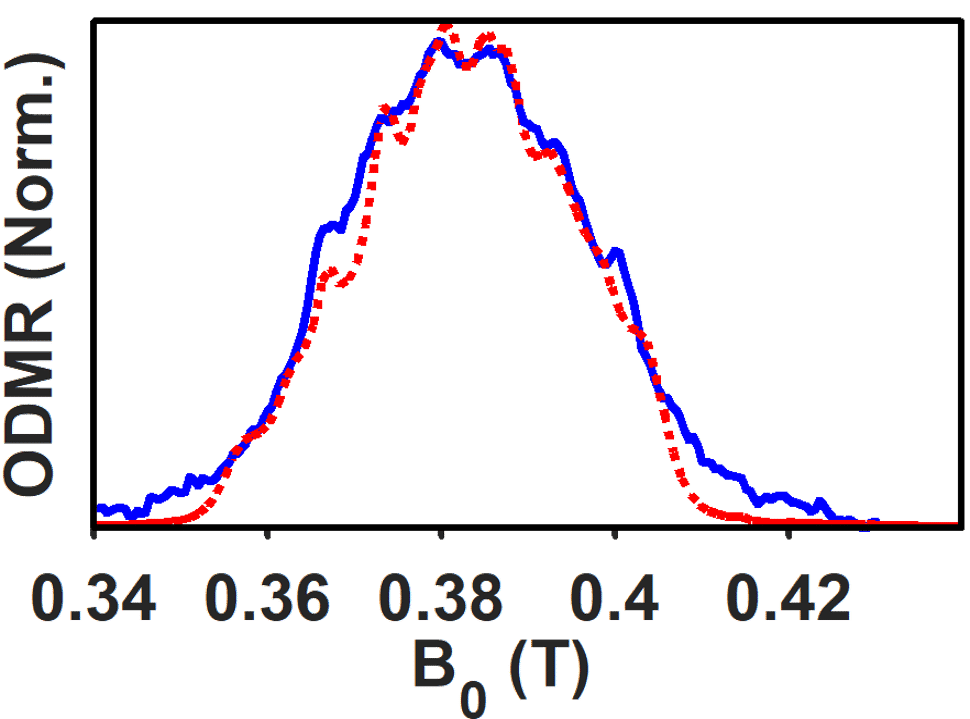
Magneto-photoluminescence and Optically Detected Magnetic Resonance Studies of Magnetically Doped Colloidal Core/Shell Nanoplatelets
2Luminous Centre of Excellence for Semiconductor Lighting and Displays, School of Electrical and Electronic Engineering, Nanyang Technological University, Singapore, Singapore
3School of Physics and Mathematical Sciences, Nanyang Technological University, Singapore, Singapore
4Department of Electrical and Electronics, Department of Physics, and UNAM–National Nanotechnology Research Center and Institute of Material Science and Nanotechnology, Bilkent University, Ankara, Turkey
Colloidal nanostructures are known for their tunable photo-physical properties by variation of size, shape, and composition, while magnetically doped nanostructures endow them with an additional degree of freedom. The confined structures enhance the so-called sp-d spin-exchange interaction between photo-generated carriers (electron and hole) and spins of the magnetic impurities, hence, encouraging unique properties, like giant magnetization and giant g-factor of the carriers. The current study focused on the magneto-optical properties of Mn+2 ions embedded in CdSe/CdS nanoplatelets (NPLs), positioning a single or a few Mn+2 ions in the shell regime. The pristine CdSe/CdS structures mainly show a quasi-type-II band-edge energy alignment between the core and the shell constituents, allowing electron distribution over the entire structure. So, a selective positioning of magnetic impurities in the shell regime permits selective monitoring of the electron-Mn+2 spin-exchange interaction. The magneto-optical properties are a fingerprint for those spin-exchange interactions. The first fingerprint was observed in the photoluminescence (PL) spectra recorded at various temperatures and under the influence of various magnetic fields. Those measurements revealed the creation of giant magnetization of 25 Tesla and an exciton effective g-factor -8 (substantially larger than that of undoped structure). Also, the exciton lifetime was extended by a factor of ten than that of the pristine structure.
The carrier-impurity interaction was further investigated using an optically detected magnetic resonance (ODMR) spectroscopy. The experimental results showed a major band, with sextet split fine structure. A theoretical model, using spin Hamiltonian, assisted in simulating the ODMR spectrum. This model suggests the occurrence of an electron spin flip which is coupled by exchange interaction to the Mn+2 spin projections (MMn= ±5/2), thus leading to the sextet manifold. The simulation revealed the physical constants, such as the g-factor of the electron and the host-guest exchange energy.

Powered by Eventact EMS